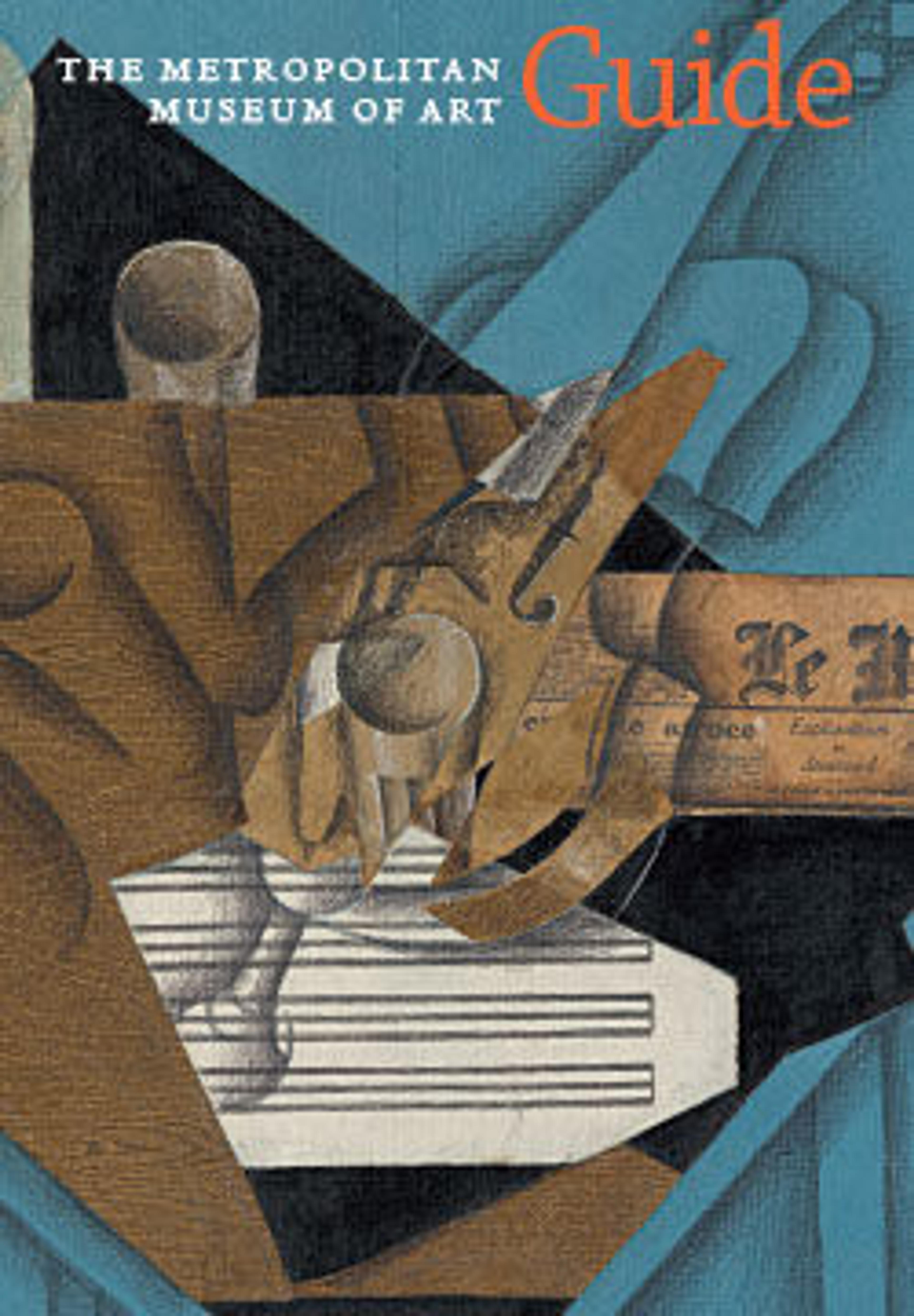English
Narva
A key figure in the history of kinetic art, Tinguely conceived of Narva as a motorized assemblage made of metal and rubber scraps pilfered from cars and carriages and attached to metal rods, a haphazard mechanical body that barely holds together when in motion. (For conservation purposes, it is now rarely activated.) Operational yet dysfunctional, the sculpture harks back to the absurdity of the Dada movement that emerged in the artist’s native Switzerland during World War I. It also suggests his contribution to the French movement called Nouveau Réalisme, which collapsed traditional boundaries between art and life and valued destruction as much as creation. Despite its dystopian character, Narva appeared in the 1962 Seattle World’s Fair, on the same plot of land as the now-iconic Space Needle.
Artwork Details
- Title: Narva
- Artist: Jean Tinguely (Swiss, 1925–1991)
- Date: 1961
- Medium: Steel bars, metal wheel, tubes, cast iron, wire, aluminum, string, electric motor 220 v
- Dimensions: Variable: 112-3/4 x 80 x 81-1/2 in. (286.4 x 203.2 x 207 cm)
- Classification: Sculpture
- Credit Line: Purchase, Bequest of Gioconda King, by exchange, and The Louis S. and Mary Myers Foundation Gift, 2006
- Object Number: 2006.277a–c
- Rights and Reproduction: © 2025 Artists Rights Society (ARS), New York
- Curatorial Department: Modern and Contemporary Art
More Artwork
Research Resources
The Met provides unparalleled resources for research and welcomes an international community of students and scholars. The Met's Open Access API is where creators and researchers can connect to the The Met collection. Open Access data and public domain images are available for unrestricted commercial and noncommercial use without permission or fee.
To request images under copyright and other restrictions, please use this Image Request form.
Feedback
We continue to research and examine historical and cultural context for objects in The Met collection. If you have comments or questions about this object record, please contact us using the form below. The Museum looks forward to receiving your comments.
